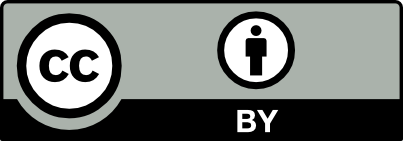Increasing frequencies of droughts require proactive preparedness, particularly in semi-arid regions. As forecasting of such hydrometeorological extremes several months ahead allows for necessary climate proofing, we assess the potential economic value of the seasonal forecasting system SEAS5 for decision making in water management. For seven drought-prone regions analyzed in America, Africa, and Asia, the relative frequency of drought months significantly increased from 10 to 30% between 1981 and 2018. We demonstrate that seasonal forecast-based action for droughts achieves potential economic savings up to 70% of those from optimal early action. For very warm months and droughts, savings of at least 20% occur even for forecast horizons of several months. Our in-depth analysis for the Upper-Atbara dam in Sudan reveals avoidable losses of 16 Mio US$ in one example year for early-action based drought reservoir operation. These findings stress the advantage and necessity of considering seasonal forecasts in hydrological decision making.
The dataset contains the time series (ensemble forecasts, reanalysis data) and shape files which have been used for computing the different indicators in the article "Seasonal forecasts offer economic benefit for hydrological decision making in semi-arid regions".
Environmental Science and Ecology
Climate Science
(Other) ECMWF SEAS5
(Other) HydroSHEDS
Views
Downloads
